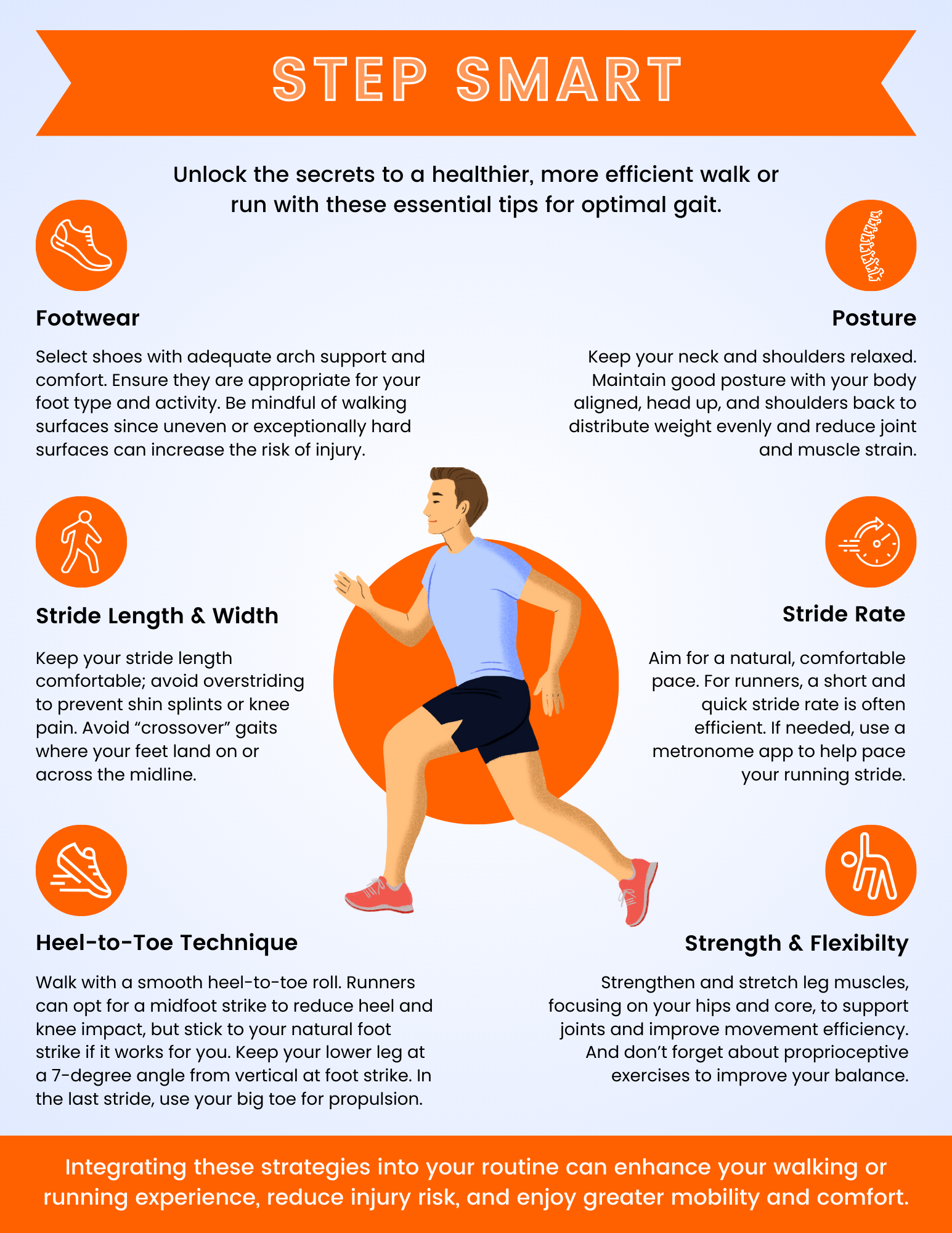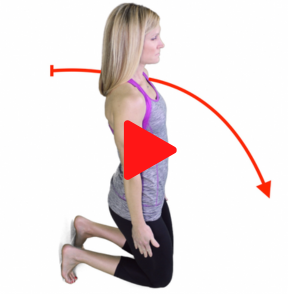4 Simple Steps for Strained Hamstring Rehab
Anatomy of Running
Hamstring strains typically occur during the late swing phase of gait. As the lower leg swings forward, the hamstrings contract eccentrically to slow the lower leg. Since the muscle fibers of the hamstring are lengthening while contracting, this can lead to a strain of the hamstring muscles.
Based on this injury mechanism, Askling et al. proposed a rehab strengthening program to emphasize lengthening exercises compared to a conventional rehab approach. And what Askling found was that the lengthening protocol reduced the recovery time from 51 days to 28 days.
Askling L-Protocol for hamstring strains
The Askling L-protocol (1) consists of 3 exercises, ideally implemented within 5 days of the injury:
The Extender
The Diver
The Glider
The Extender
The extender is performed twice daily for 3 sets of 12 reps. To perform, start supine on the ground, holding the thigh at 90º. Then, slowly extend the knee up to the point of discomfort and then back to the original starting position.
The Diver
The diver is performed every other day for 3 sets of 6 reps. Start on the injured leg with a slight bend in the knee. Reach forward, bending the torso so that it is close to parallel with the ground. The back knee should be bent to 90 degrees, lifting the foot towards the ceiling.
The Glider
The final exercise is the glider, performed every 3rd day for 3 sets of 4 reps. The front leg is the injured leg. With a slight bend in the front leg and weight on the heel, slide the opposite leg back as far as possible. Once at the end position, lift yourself back to the original starting position.
Nordic Hamstring Curls
It is one thing to recover from a hamstring injury, but we can go one step further by looking to prevent another hamstring injury from occurring. And for this, heavy eccentric muscle contractions appear to be the most effective approach. (2) Obviously, it makes sense to train the movement where the majority of hamstring injuries occur.
Continuing the glider exercise is an excellent option to train this muscle contraction. However, the Nordic hamstring curl is another popular option for the hamstrings.
To perform, start in a tall kneeling position. Then, either have a partner hold the ankles down or anchor the ankle under some sort of support. Slowly lower the chest to the floor, keeping the hips extended. Use the hands to brace at the end of the movement and push back up to the starting position.
The Askling L-protocol combined with Nordic hamstring curls offers a proven, efficient method for both rehabilitating hamstring strains and preventing future injuries. By focusing on eccentric strengthening and muscle lengthening, this approach ensures a swift and sturdy return to sport. Embracing these evidence-based tools can help chiropractors stand out as the best choice for overseeing hamstring rehab, equipped with the knowledge and techniques to facilitate optimal recovery.
Your patients deserve the best treatment - and who better to provide it than you? With ChiroUp, unlock access to optimal practice protocols for over 120 conditions, including Hamstring Strain. Delve deeper into this condition by visiting the Condition Reference section within ChiroUp.
-
Askling CM, Tengvar M, Thorstensson A. Acute hamstring injuries in Swedish elite football: a prospective randomised controlled clinical trial comparing two rehabilitation protocols. British journal of sports medicine. 2013 Mar 26.
Van Dyk N, Behan FP, Whiteley R. Including the Nordic hamstring exercise in injury prevention programmes halves the rate of hamstring injuries: a systematic review and meta-analysis of 8459 athletes. Br J Sports Med. 2019 Feb 26:bjsports-2018.






